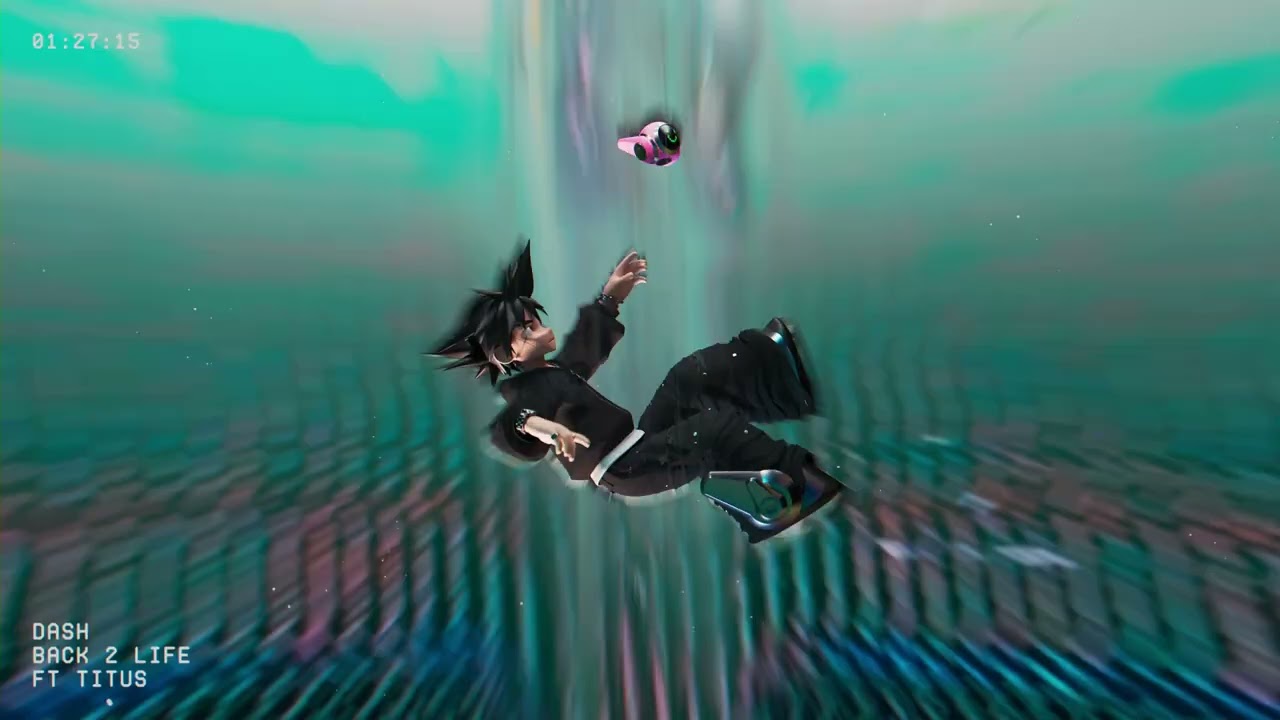WARNING: The following contains spoilers for Episode 5 of Sakugan, "NO WORK, NO LIFE," now streaming on Crunchyroll.
Sakugan’s world is set in the expansive underground environment called the Labyrinth. Within the Labyrinth, there are cities that vary in style and functionality. So far, the audience has seen Pinyin, a seemingly mining-oriented colony that's Asian in style. Memempu and Gagumber have also experienced Jolly-Jolly, a colony that functions and is styled after multiple real-life cities in Italy. Despite the numerous colonies, much of the Labyrinth is uncharted, which brings in the mission of the Markers to chart the unknown areas and fight kaiju.
In Episode 5, “NO WORK, NO LIFE,” the world of Sakugan further expands to show another part of the Labyrinth called Windy Hill -- a place that carries the work of previous generations, animals and ecosystems atypical to the rest of the Labyrinth. They’re the product of antiquity.
To complete their labor services, Gagumber and Memempu follow Merooro to further his work in the preservation of culture and solve an ecosystem problem. He shows them the Temple of the God of Wind -- a technologically functioning piece of infrastructure that provides energy and wind to a forest portion of Jolly-Jolly. Merooro shows off his work and observations in other environments with various ecosystems, and Memempu pushes ahead to help save the ecosystem in Jolly-Jolly currently on the verge of extinction and ultimate destruction. In the process of completing the task, Memempu nearly dies from a large amount of a toxic liquid called animus. However, she successfully saves not only the dying ecosystem, but also two baby vultures she was protecting while risking her own life.
This mission to preserve culture is not unlike Memempu’s own mission to visit the place in her dreams. They’re both missions that are ultimately larger than a single person despite a single person being tasked to complete it. They’re both also dangerous to complete and require some assistance from other people, but the weight of this is heavy on the shoulders of two enthusiastic intellectuals. These are not situations that a normal person would willingly participate in without having some stake in them, as Gagumber shows in this episode. Even so, people are willing to risk their lives for the bigger picture and the betterment of generations to come, even if that’s not entirely a conscious decision.
This episode feels very much like a critique of the modern-day climate crisis. There’s evidence of deforestation due to human involvement. There’s a clear threat of animal extinction, which Memempu attempts to ensure will be avoided, even if's just one species. There’s a sense of responsibility from the individuals in this episode, with both passive and active approaches surfacing throughout. There's also the sense that Memooro truly thrives showing the work of past humans who had a hand in creating something that attempted to help humanity; proudly, he shows off both the beauty of what should stay preserved and the danger of it being on the verge of catastrophe. Together, Memempu and Memooro demonstrate that all of this is well worth risking their lives for.
About The Author

